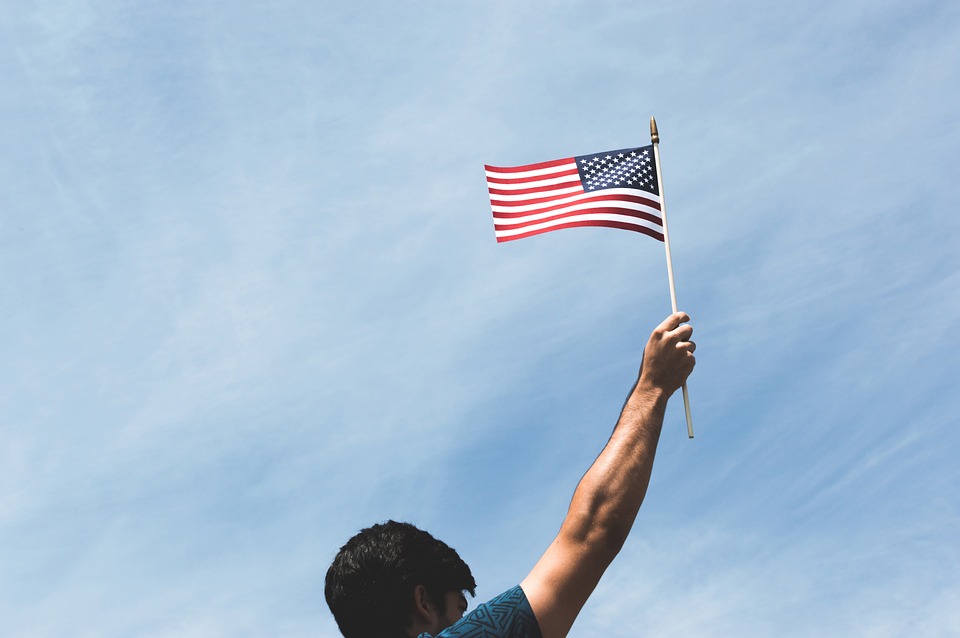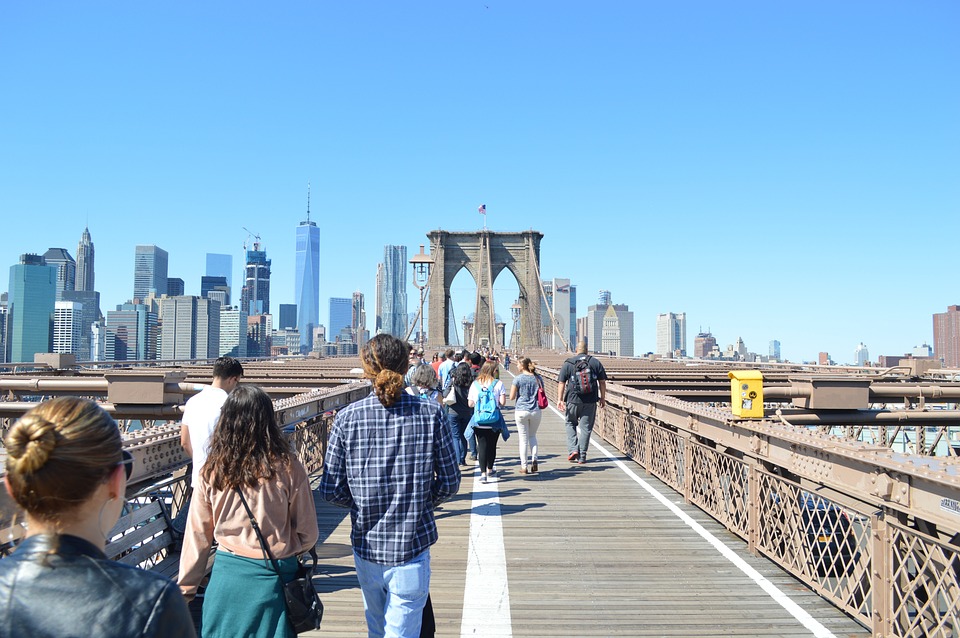Scheduling a U.S. Embassy Interview

Scheduling an interview at the U.S. Embassy is one of the crucial steps toward obtaining a U.S. visa, without which you cannot pass through customs control. Regardless of what you may have been told, if you do not have an existing visa, are not a citizen of a visa-free country for the U.S., or your country does not offer automatic visa renewal upon request, an interview is required to obtain a visa or renew an existing one. In reality, visa renewal is a reissuance, not an extension of an already active visa, so an interview is most likely necessary for the process.
Whether it is an immigrant or non-immigrant visa, for a month or ten years, U.S. visa officers always conduct thorough checks on applicants to ensure no immigration-related intentions are present.
All individuals applying and scheduling an interview at the U.S. Embassy are referred to as “applicants” because they complete an application. All applicants submit their requests via the website ustraveldocs.com or schedule an interview through the call center.
Documents Required for Scheduling a U.S. Embassy Interview
To schedule an interview for a non-immigrant (tourist) visa at the U.S. Embassy, you must prepare the following documents and complete the necessary forms:
- A valid passport with an expiration date of at least 6 months beyond the intended visa expiration date;
- A completed DS-160 form;
- Payment of the consular fee and receipt of payment, which should include a code required for scheduling the appointment;
- An email address for communication;
- Additional documents (these do not need to be provided immediately but should be available if requested by the visa officer on the day of the interview), such as proof of property ownership in your home country to confirm non-immigrant intentions.

How to Schedule a U.S. Embassy Interview: Step-by-Step Guide
Step 1: Completing the DS-160 Form
At this stage, go to the designated website and fill out the DS-160 form. Once the form is submitted, the applicant will be provided with a 10-digit code, which is important to keep safe.
Additionally, you must print out the form after completion.
Step 2: Paying the Visa Fee
You must visit the bank specified on the consulate’s website and pay the visa fee. For a tourist visa, this fee is $160.
Important: The visa fee is non-refundable! Payments must be made only at the bank listed on the consulate’s website. If payment is made through another bank, the funds will not be refunded!
Step 3: Scheduling the Interview
At this step, you will need to schedule two appointments:
- Appointment for biometric data collection and photographs at the Visa Application Center (VAC).
- Appointment for the interview.
Step 4: Attend the Biometric and Photograph Appointment (at least two days before the interview with the visa officer)
You will need to bring the following:
- Your passport.
- The receipt number and code for the paid visa fee.
- The 10-digit code from the DS-160 form and the printed form itself.
- Any additional supporting documents proving your non-immigrant intent (such as property ownership, proof of family, employment, etc.).
Step 5: Attending the Interview with the Visa Officer
You will need to bring the following:
- A copy of the appointment confirmation letter.
- The DS-160 form with the stamp from the VAC.
- A photo taken no more than 6 months prior to the visa center visit.
- Current and previous passports (if available).
- Additional supporting documents.
Rescheduling a U.S. Embassy Interview
If unforeseen circumstances prevent you from attending the scheduled interview, it is possible to reschedule it for another day. However, it is important not to abuse this option. Typically, you will be allowed to reschedule the interview only once, or at most twice, at the discretion of the visa officer. If you exceed this limit, your application may be rejected, and you will have to start the process over, including paying the visa fee again.
Table of Contents


